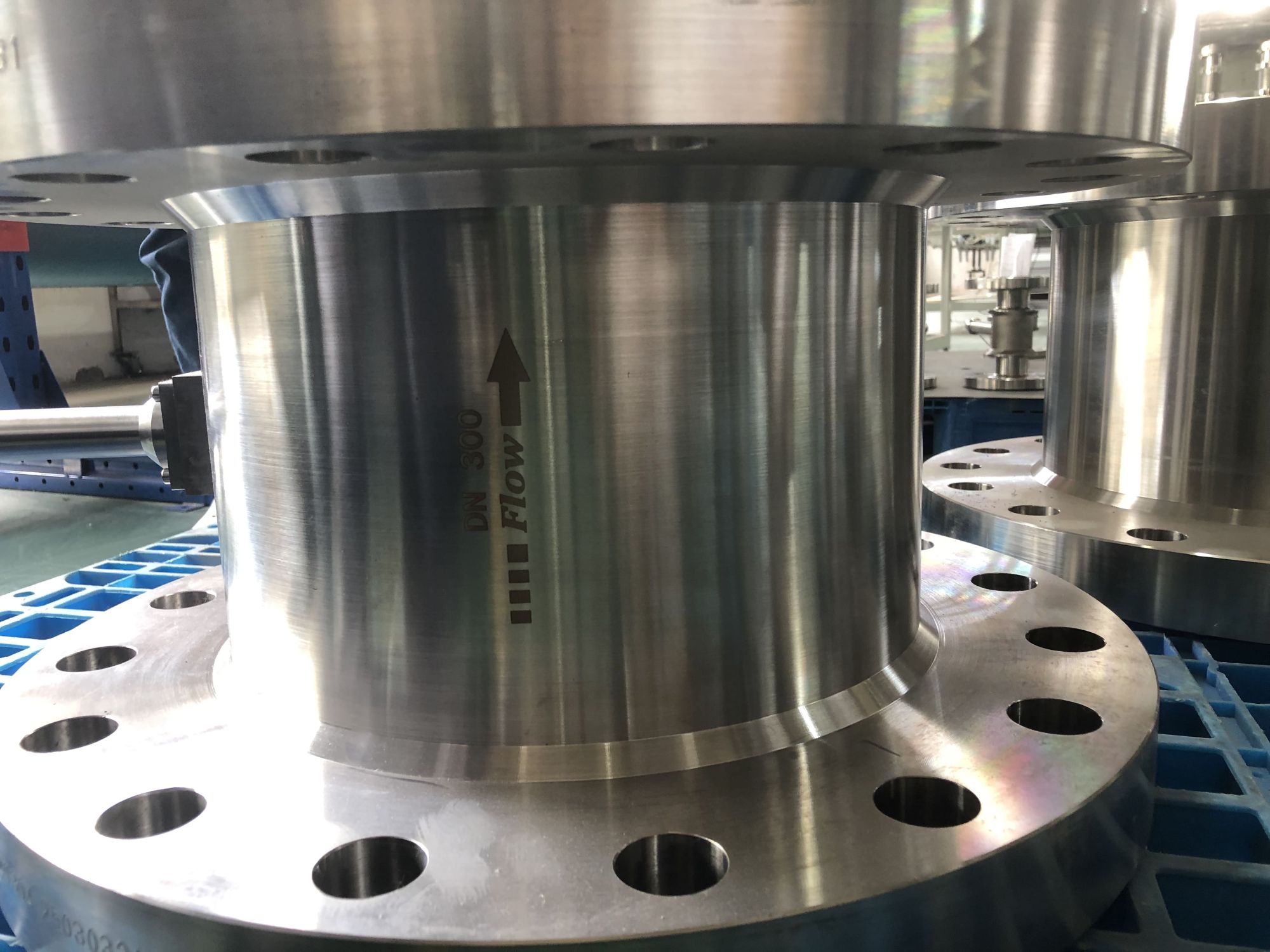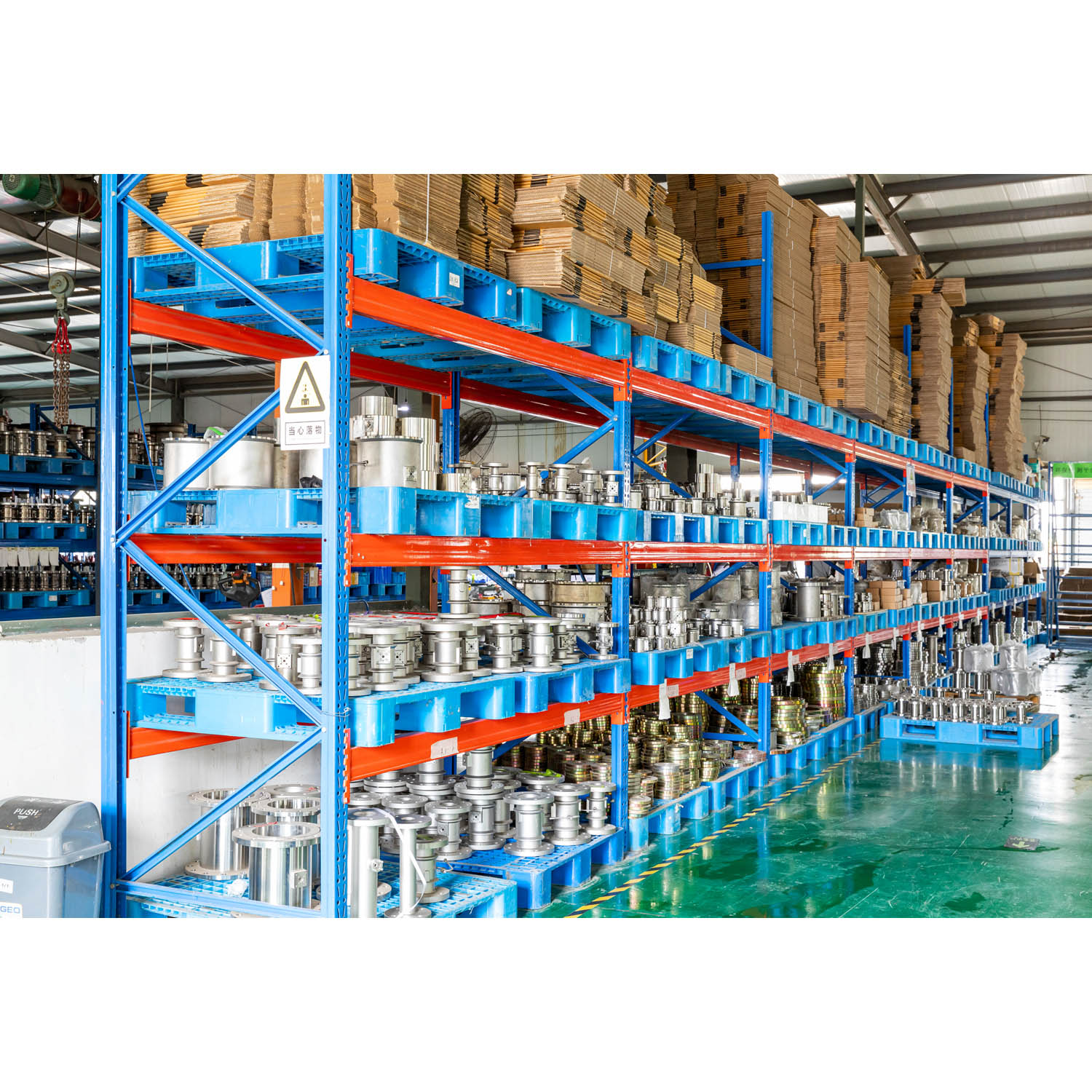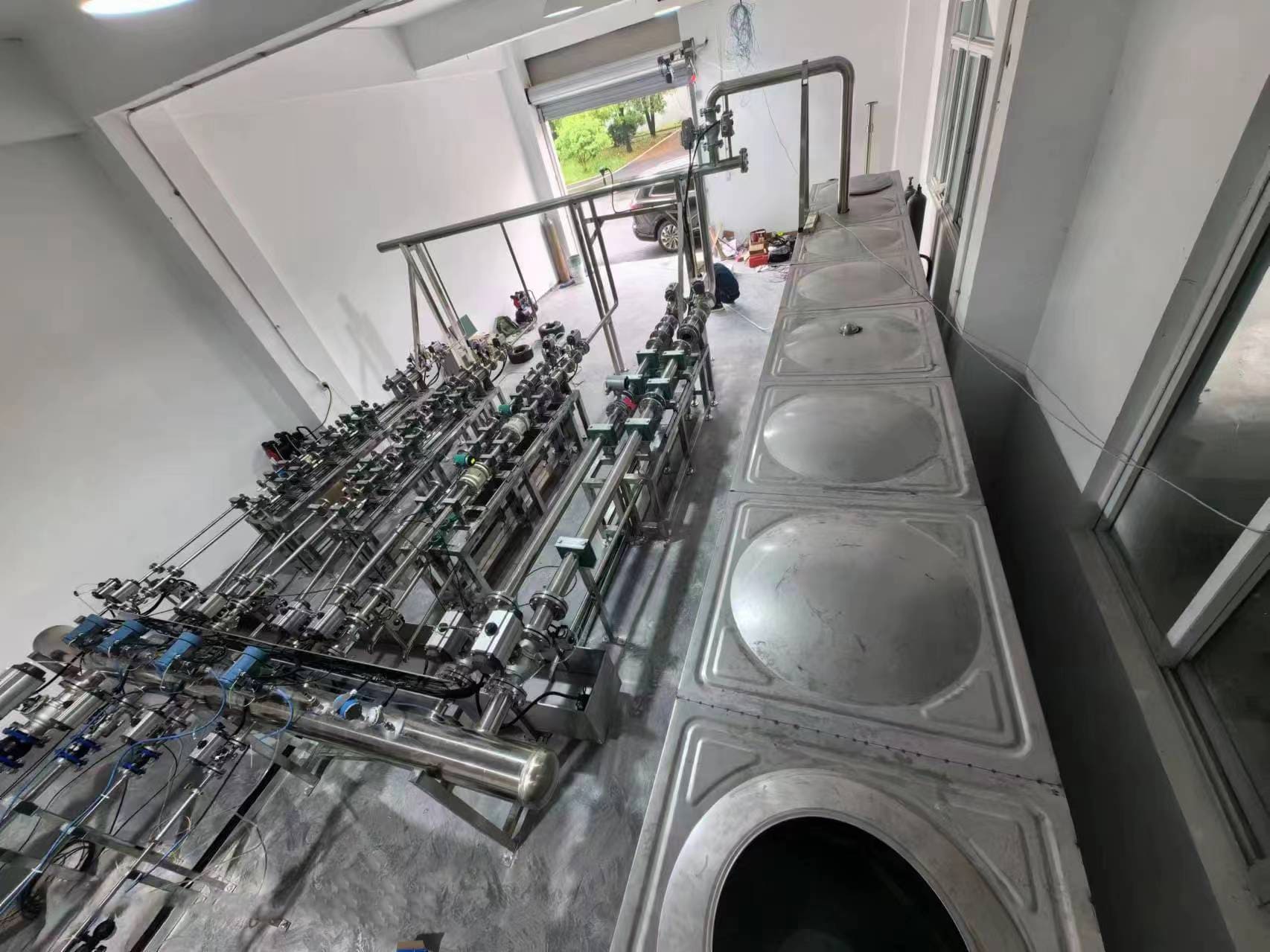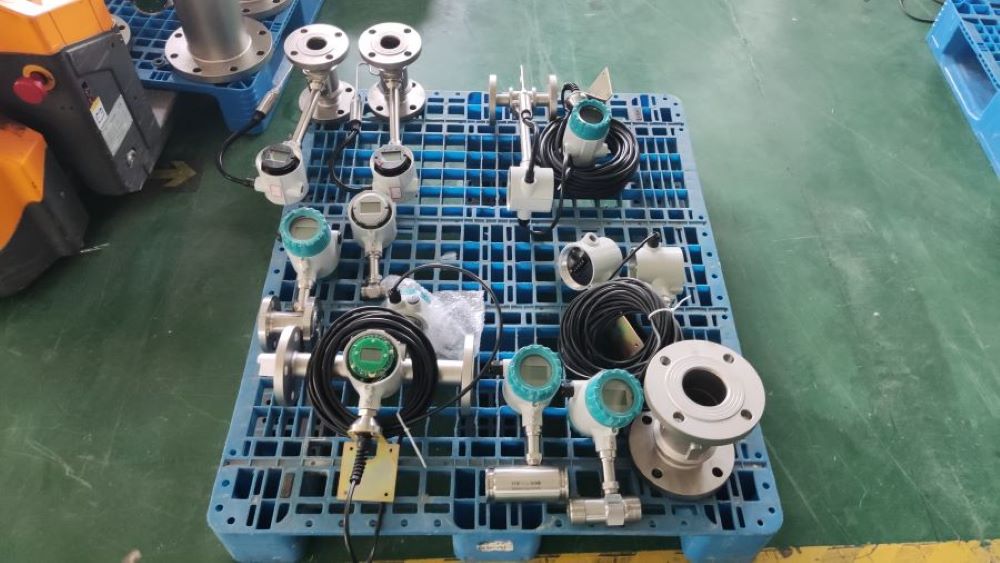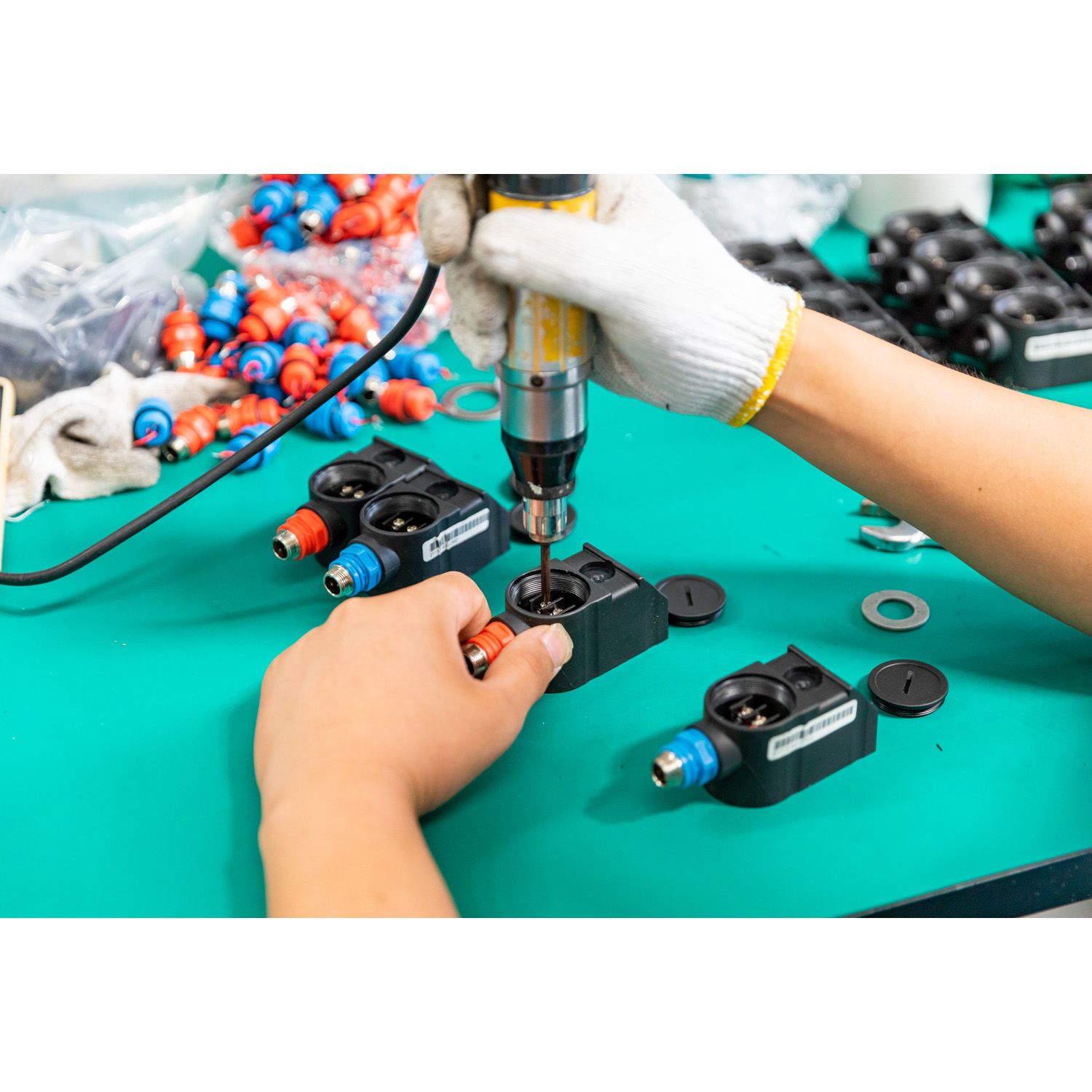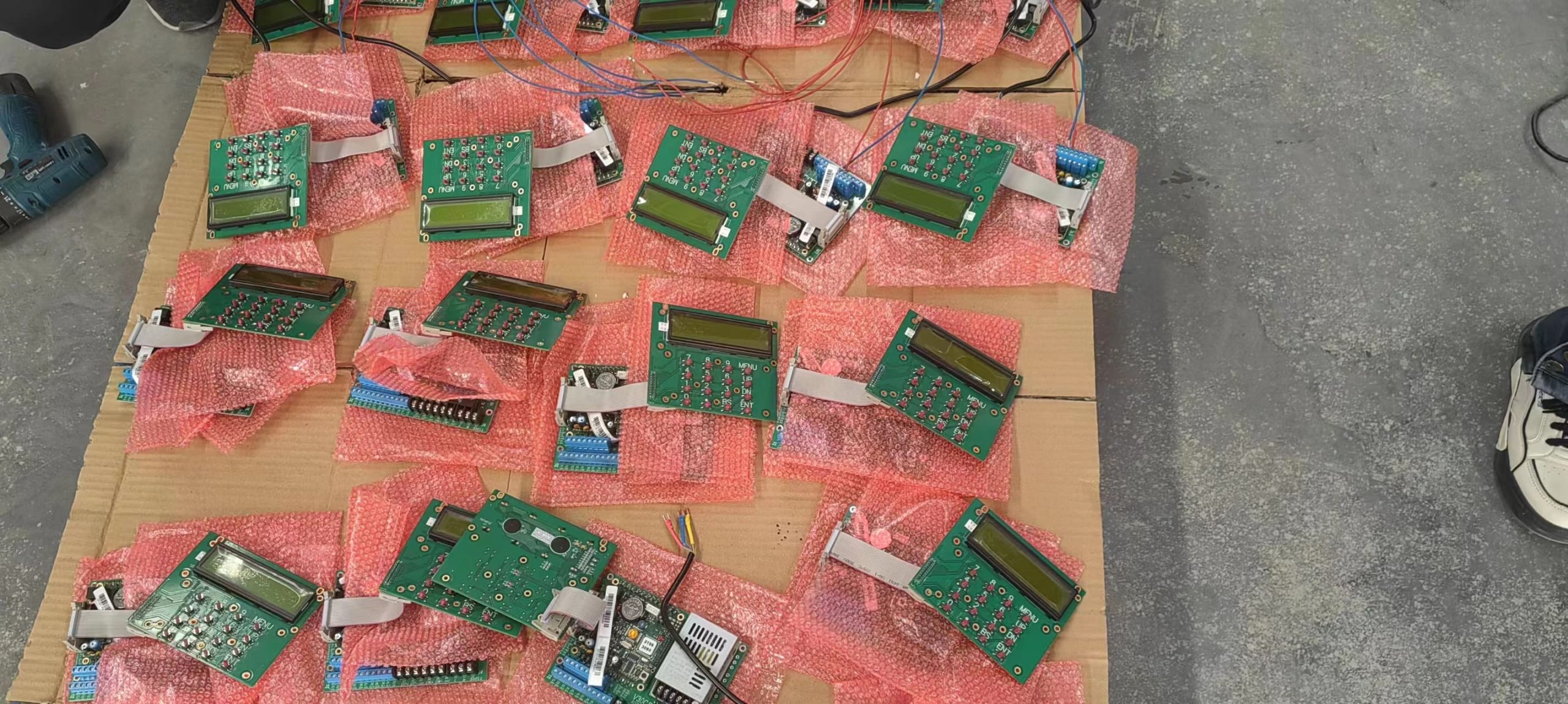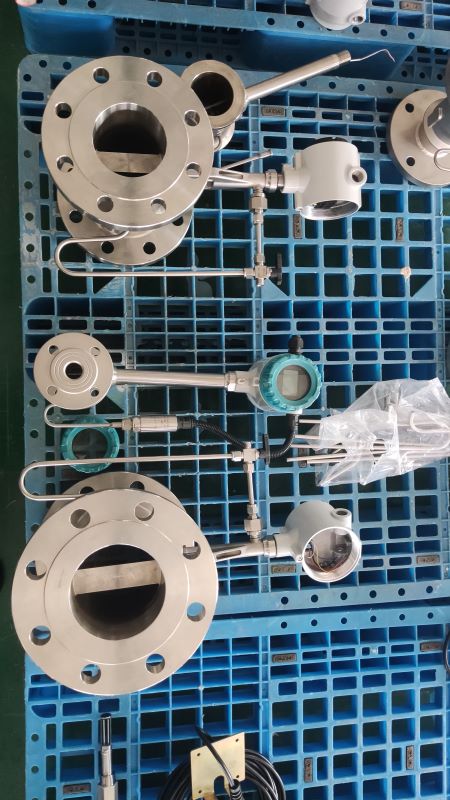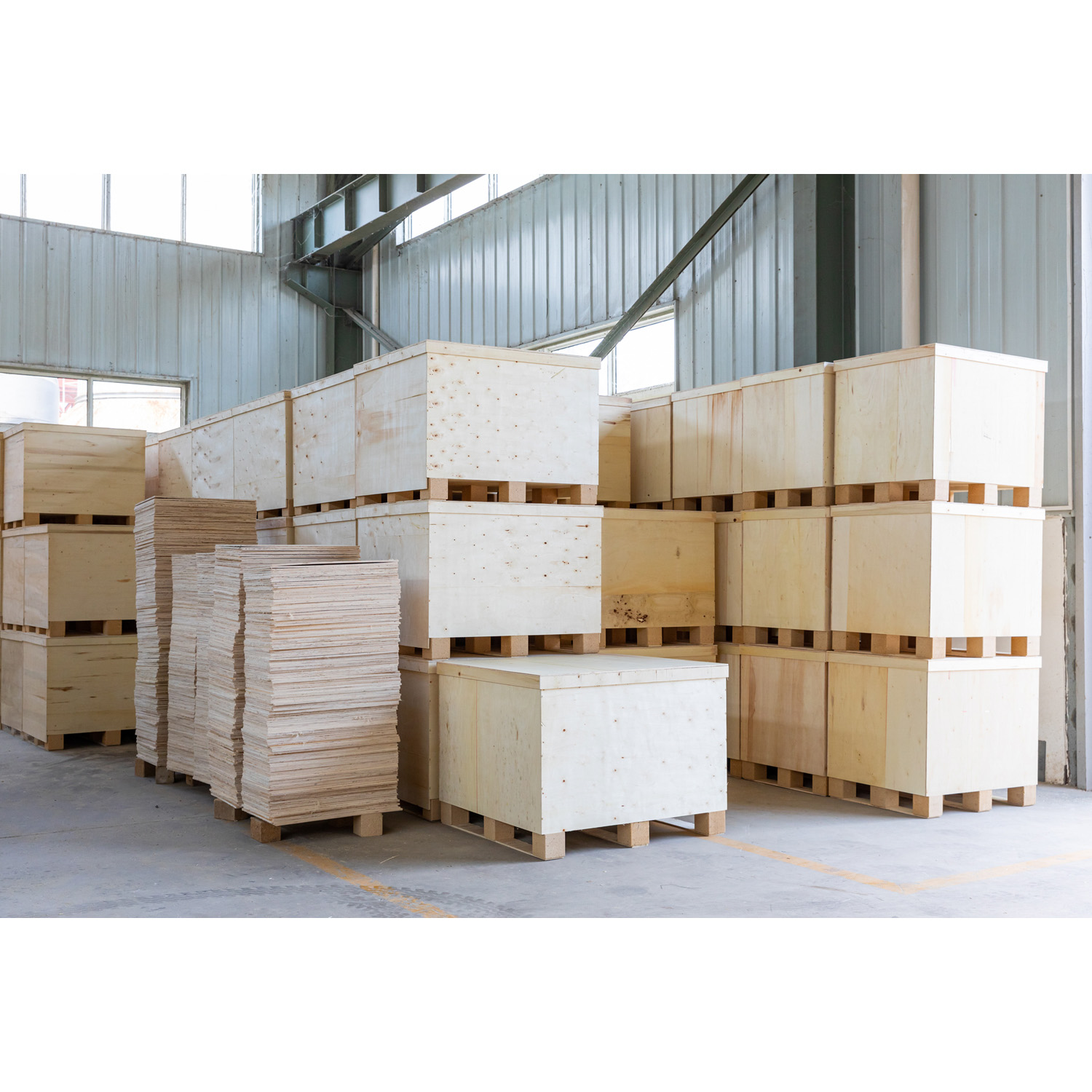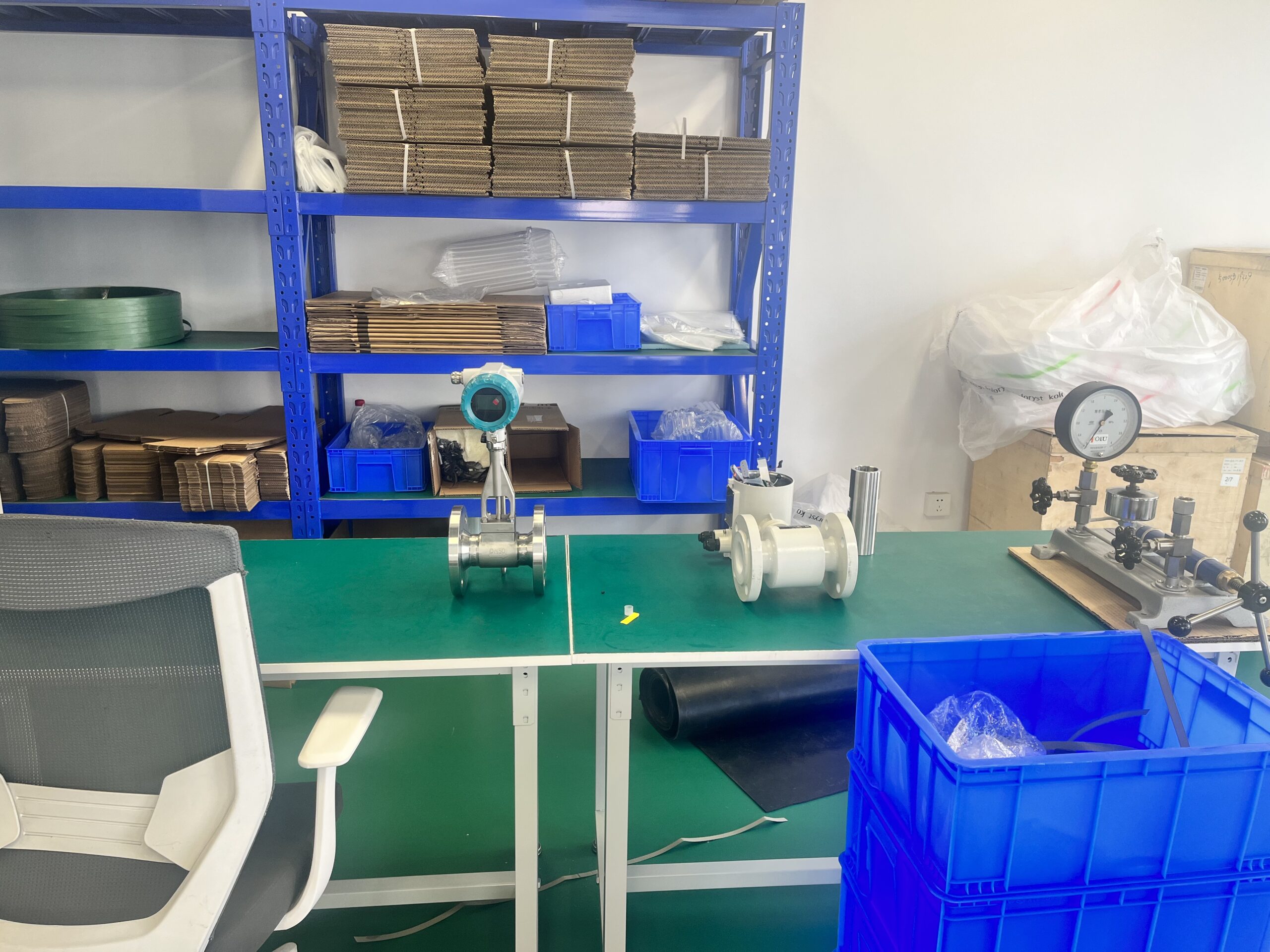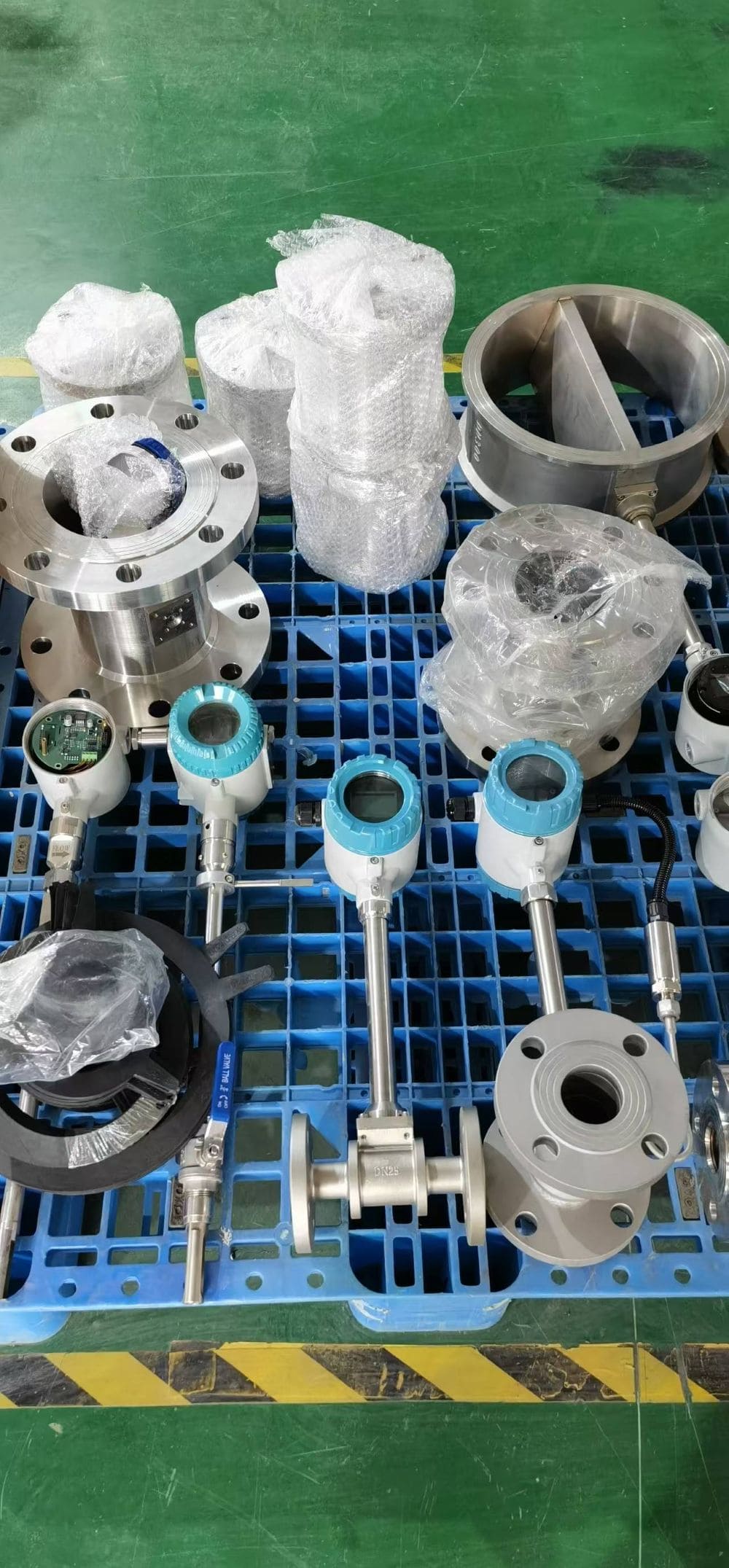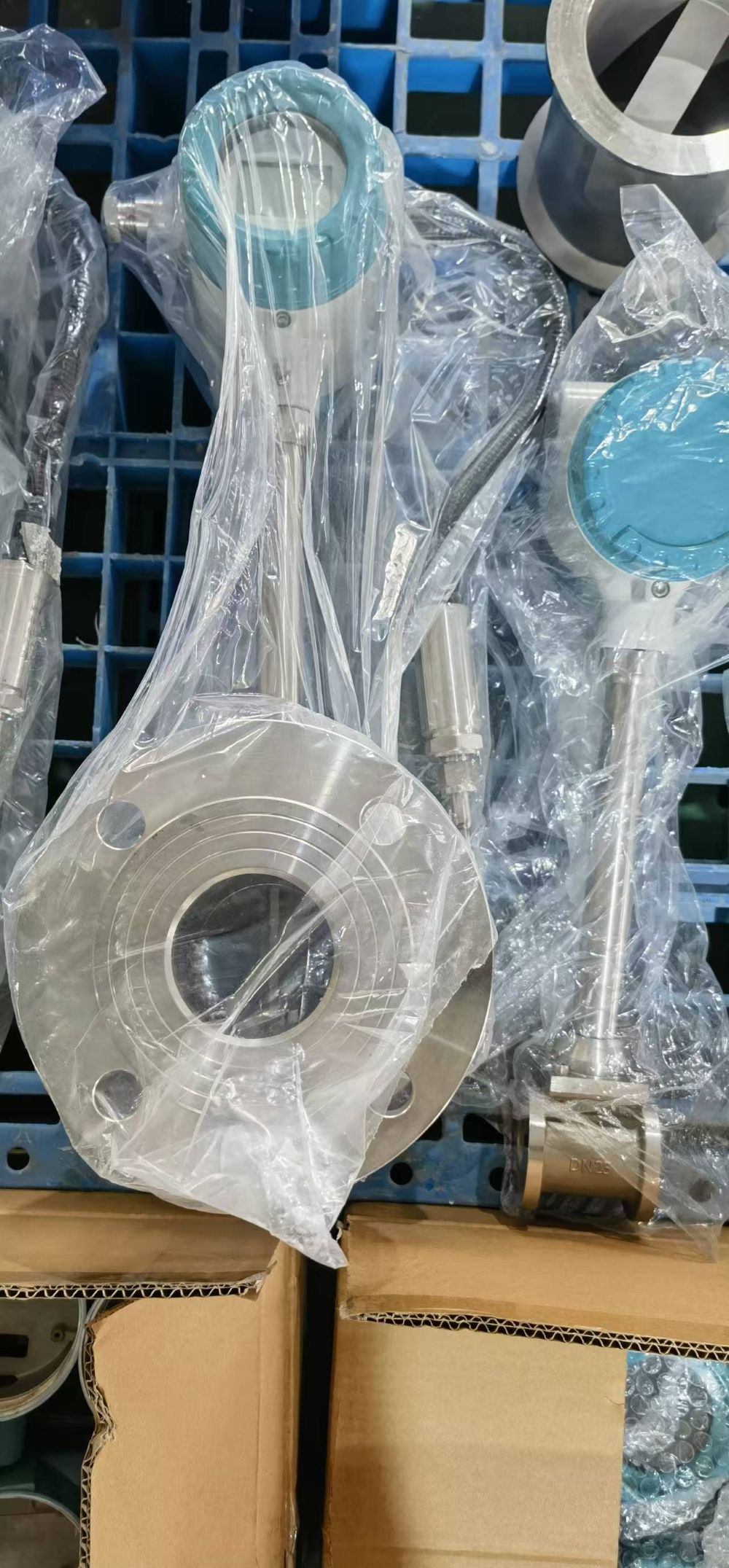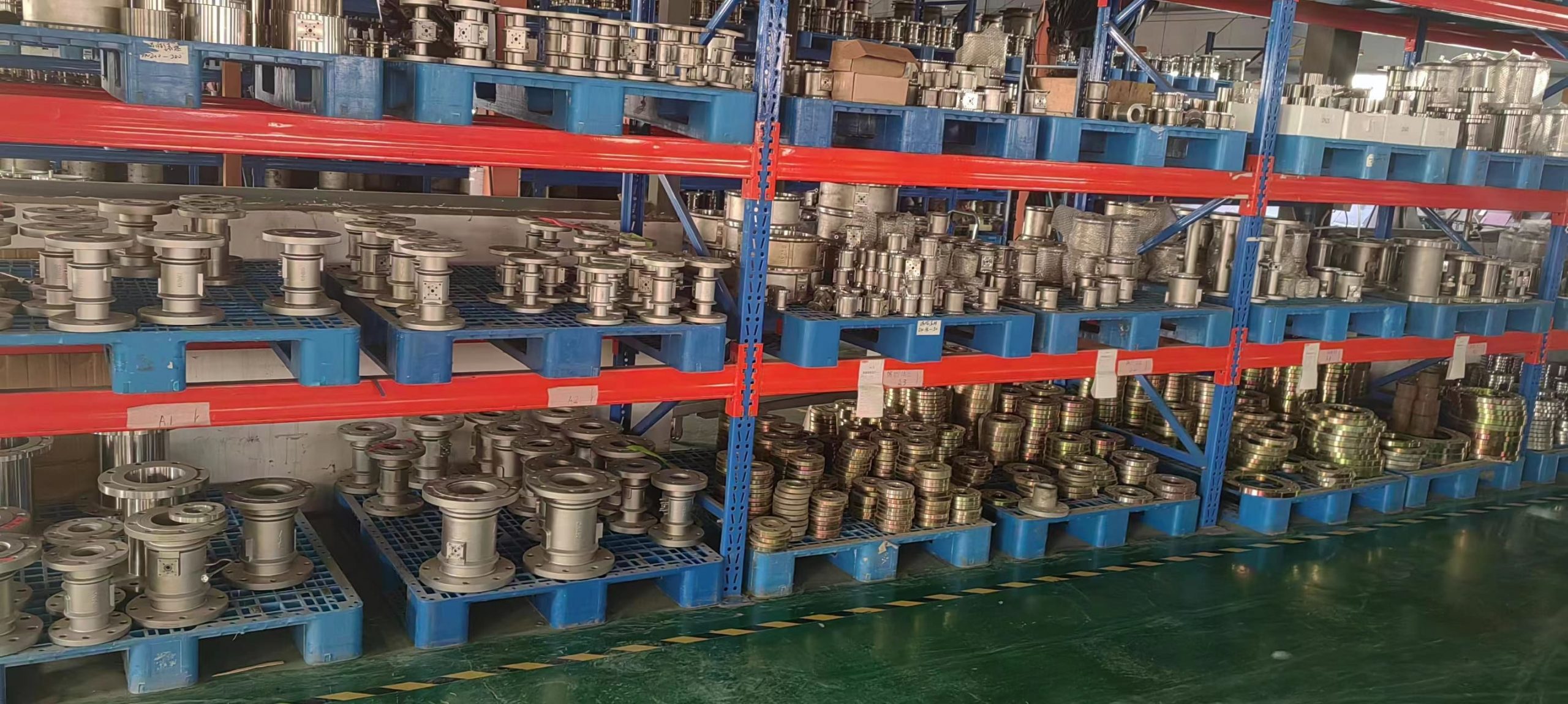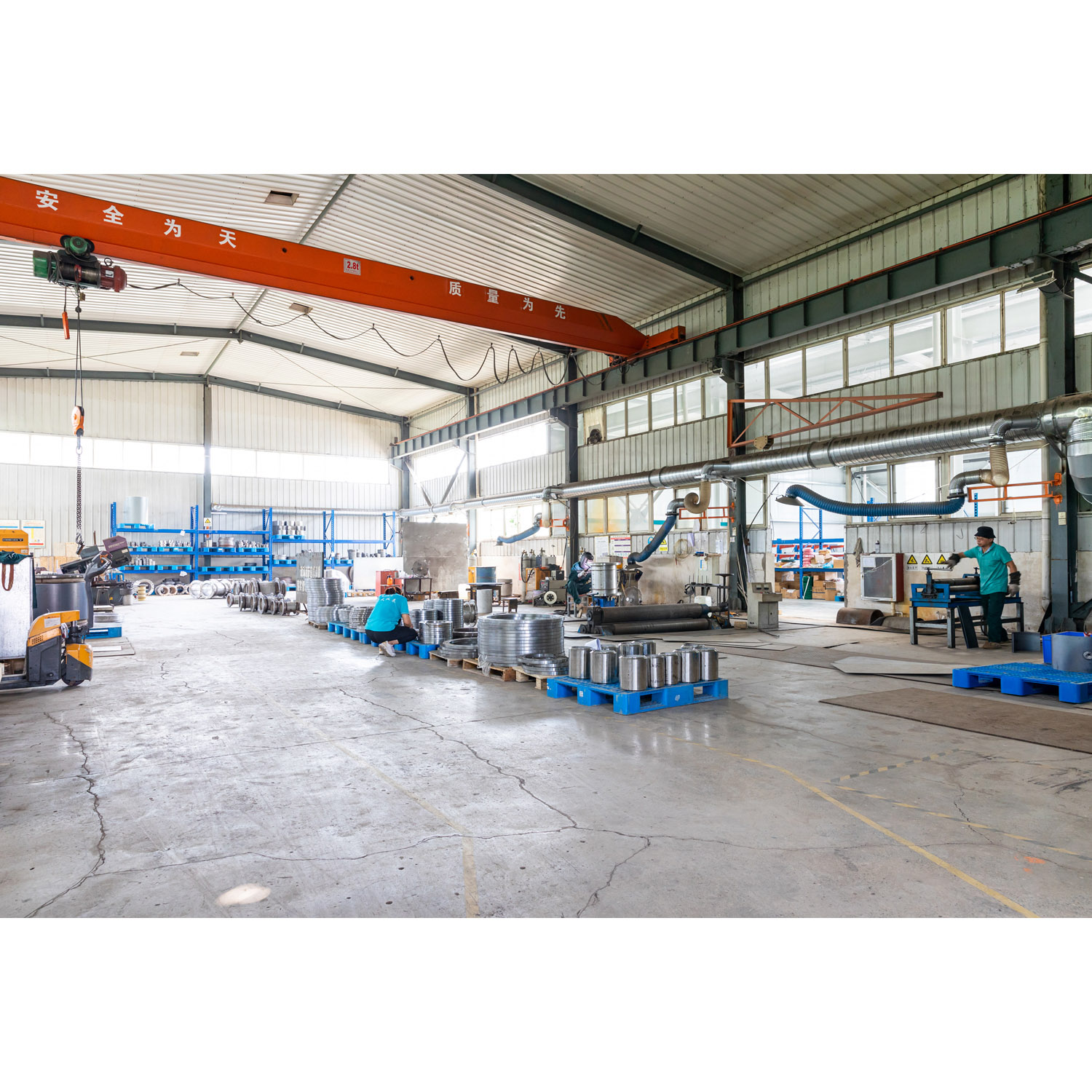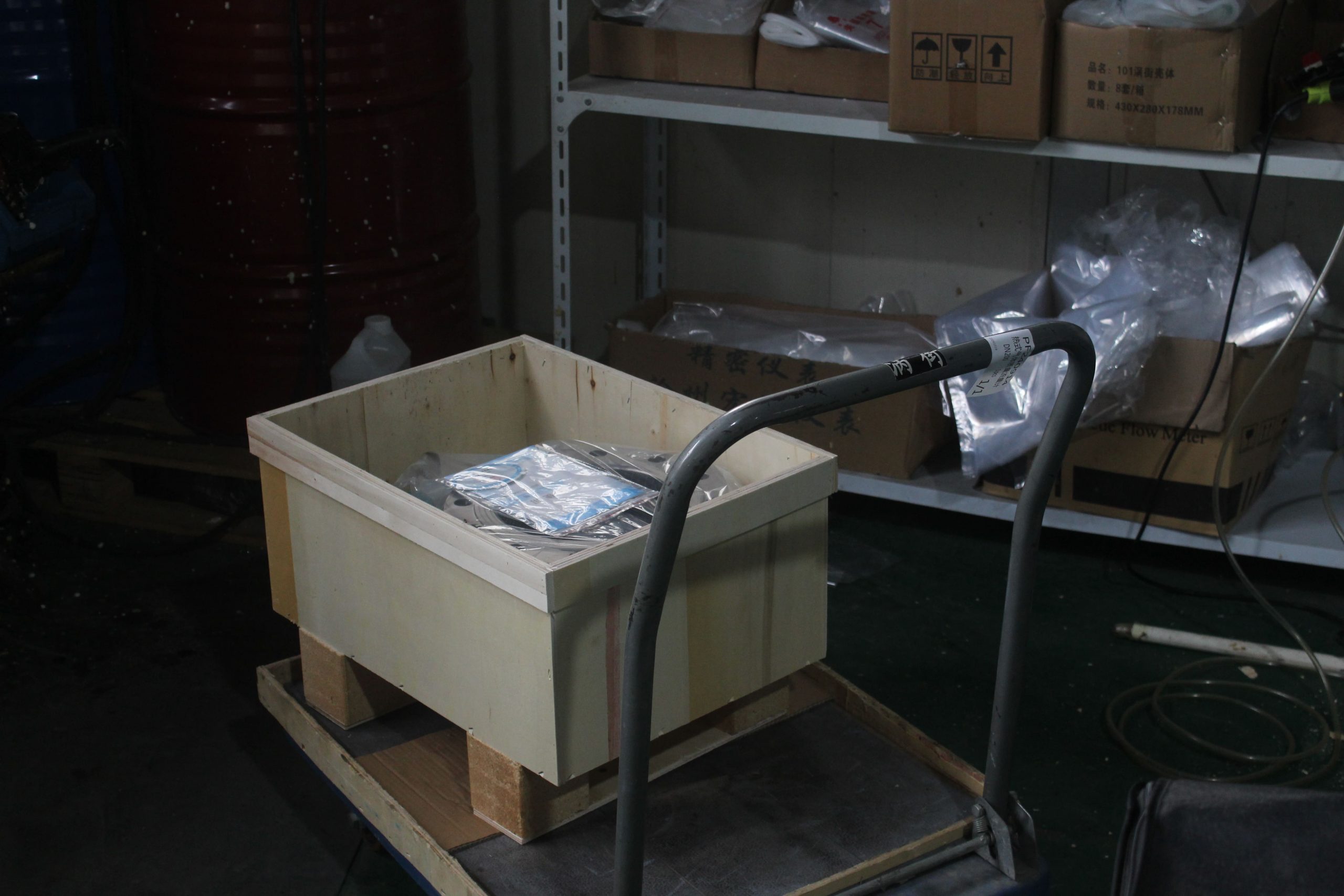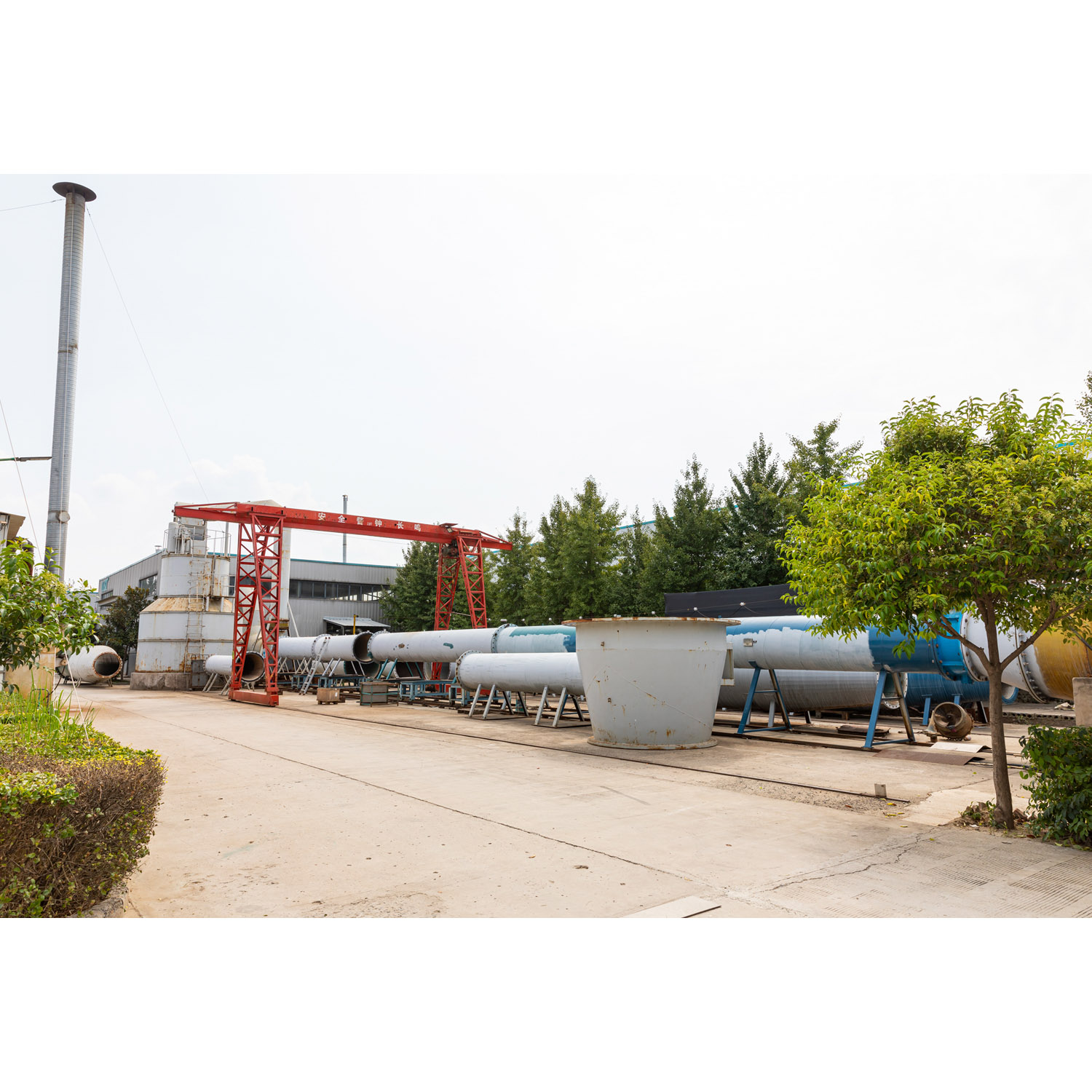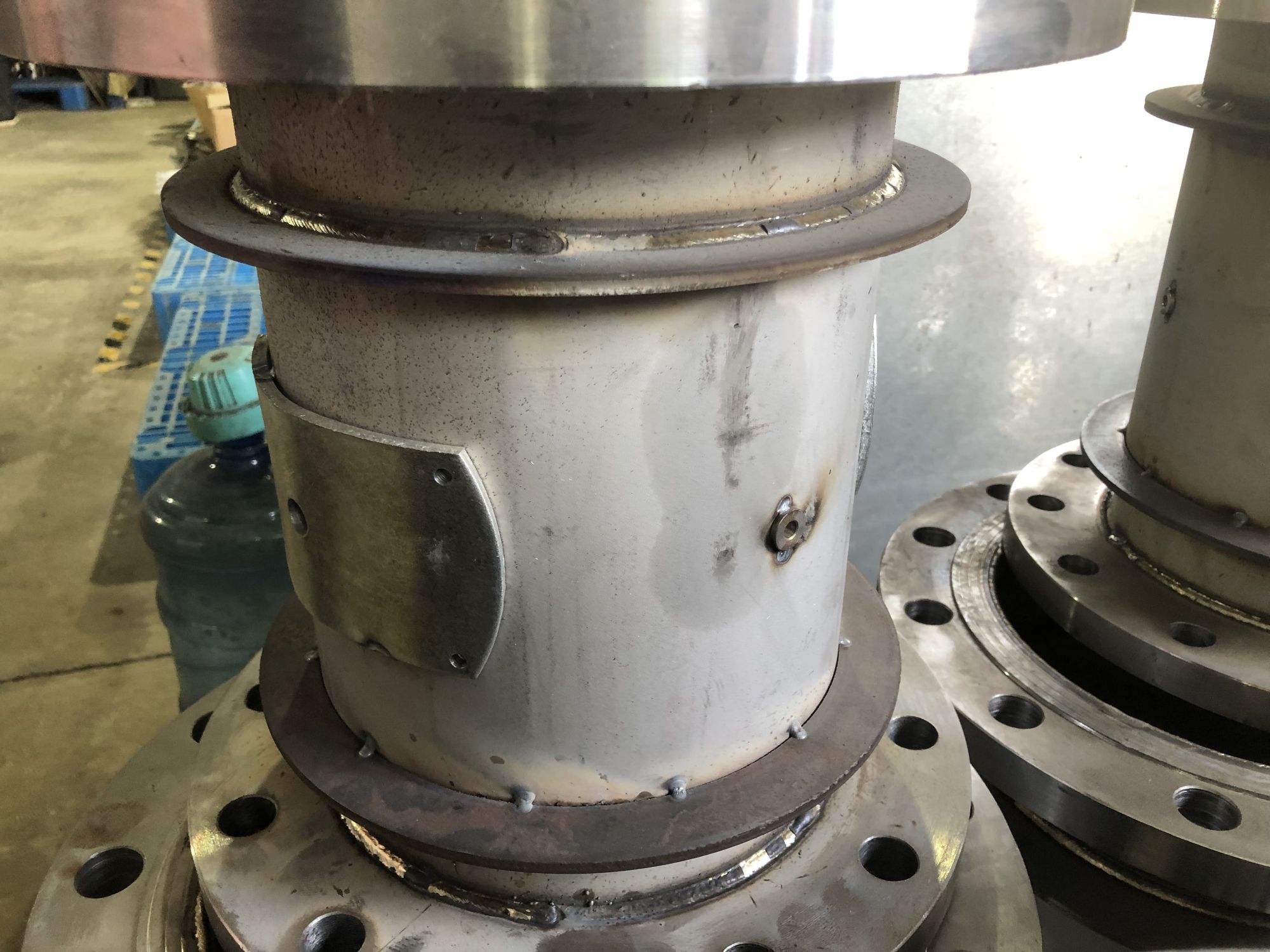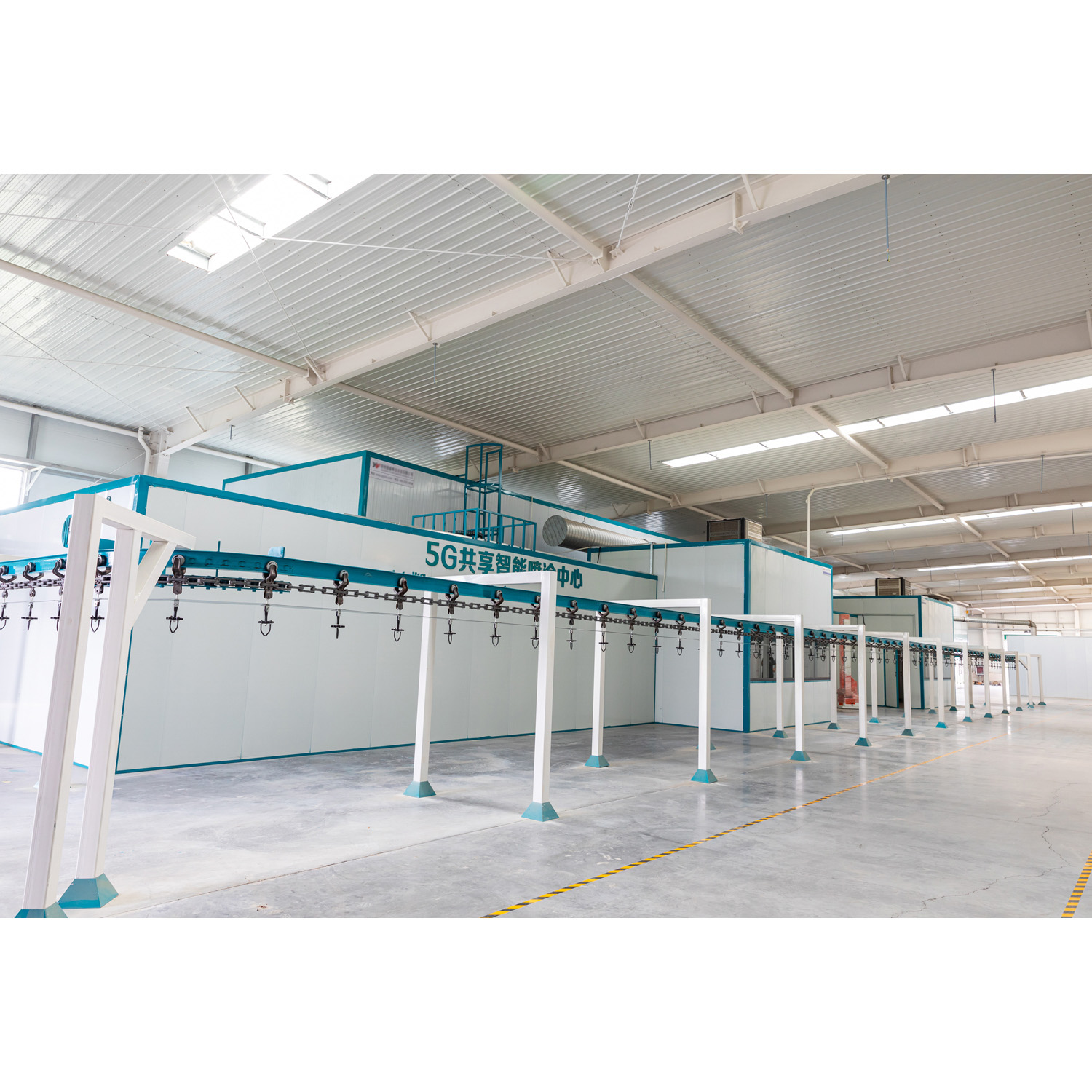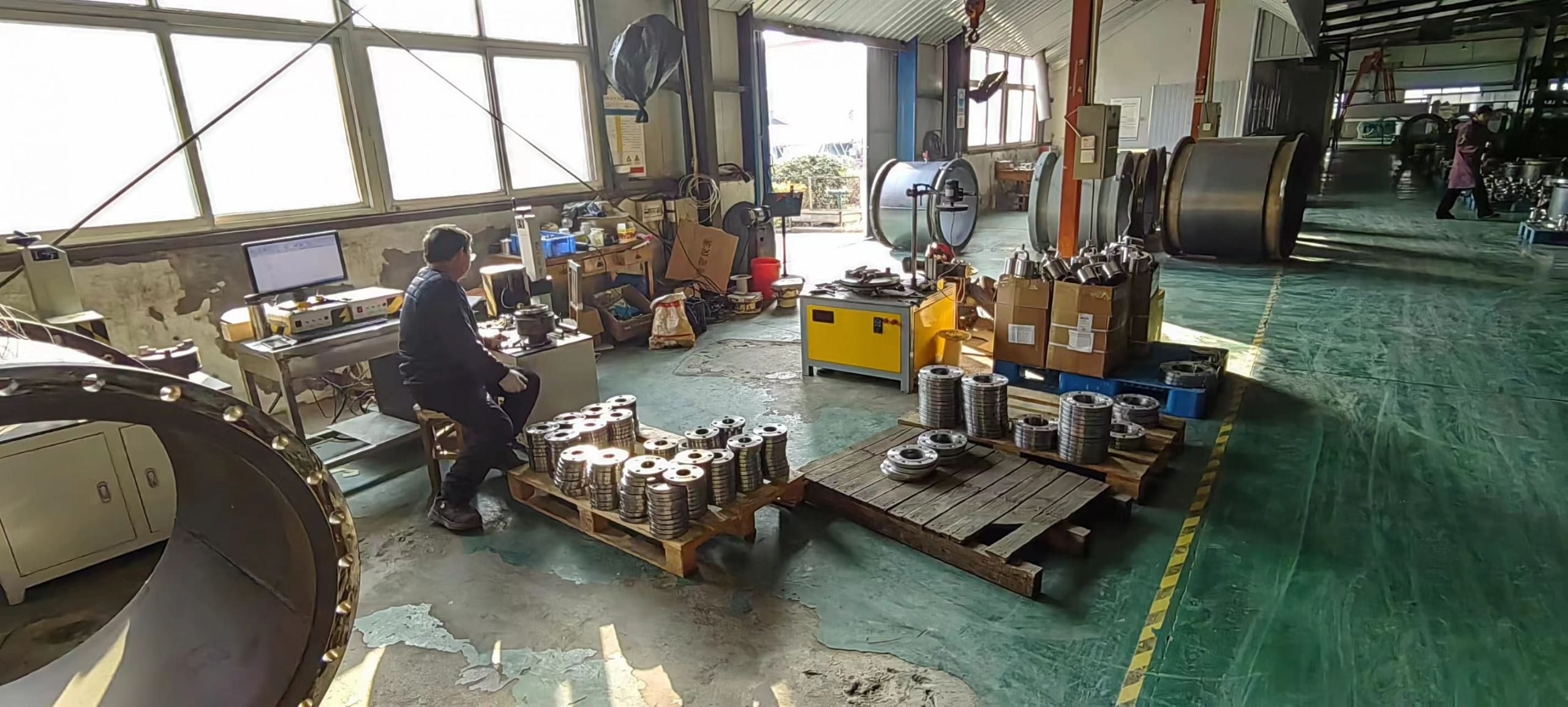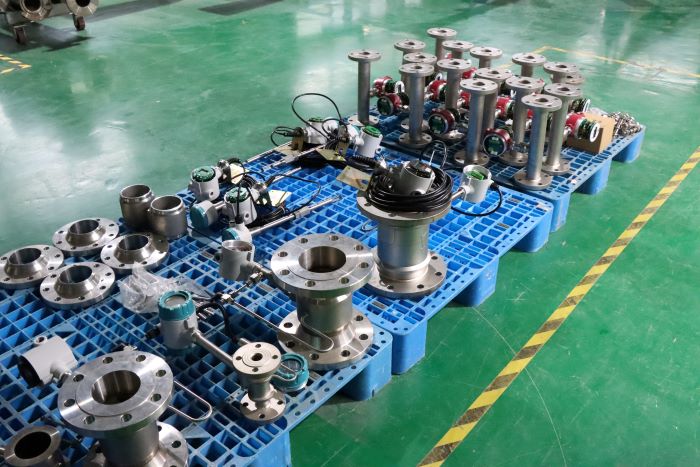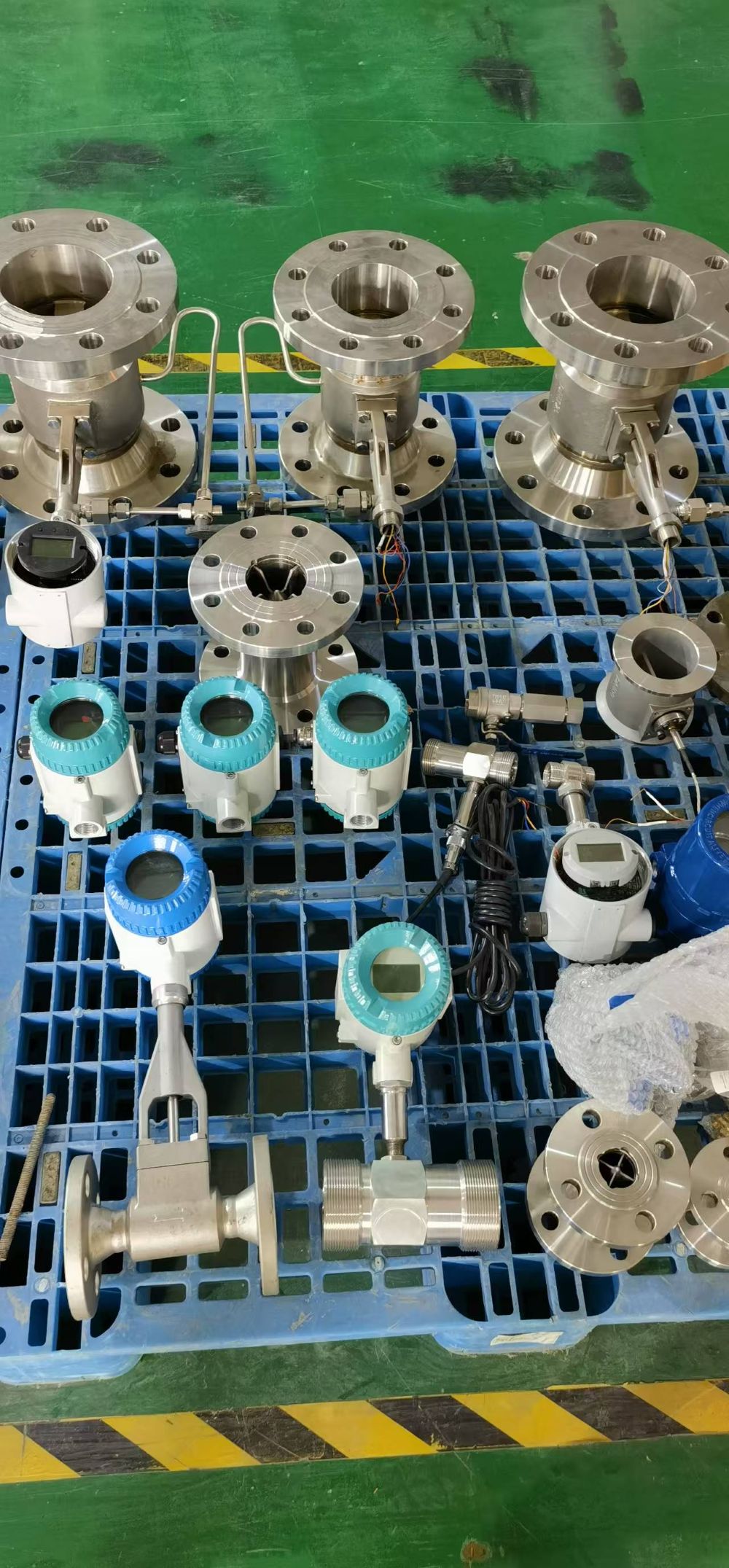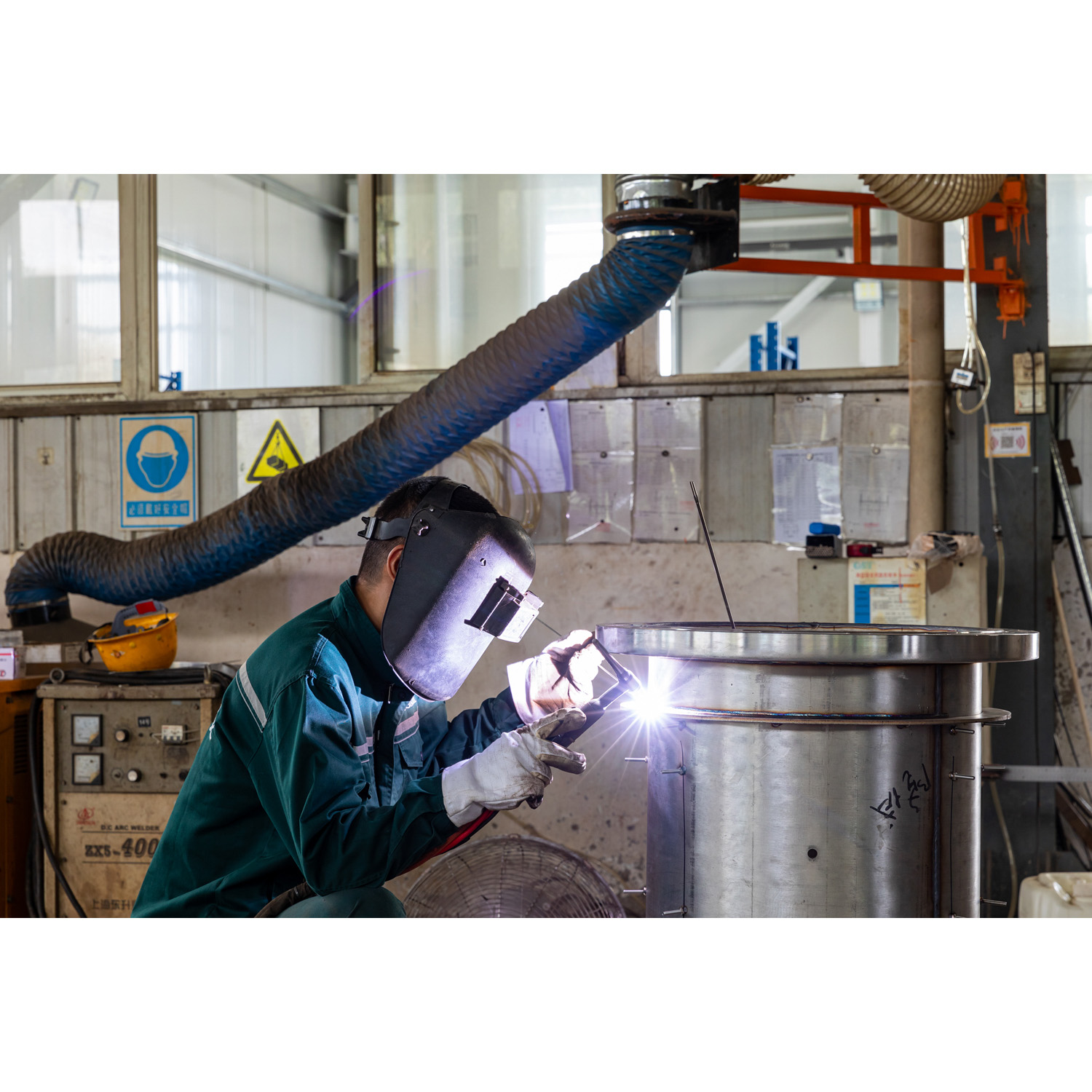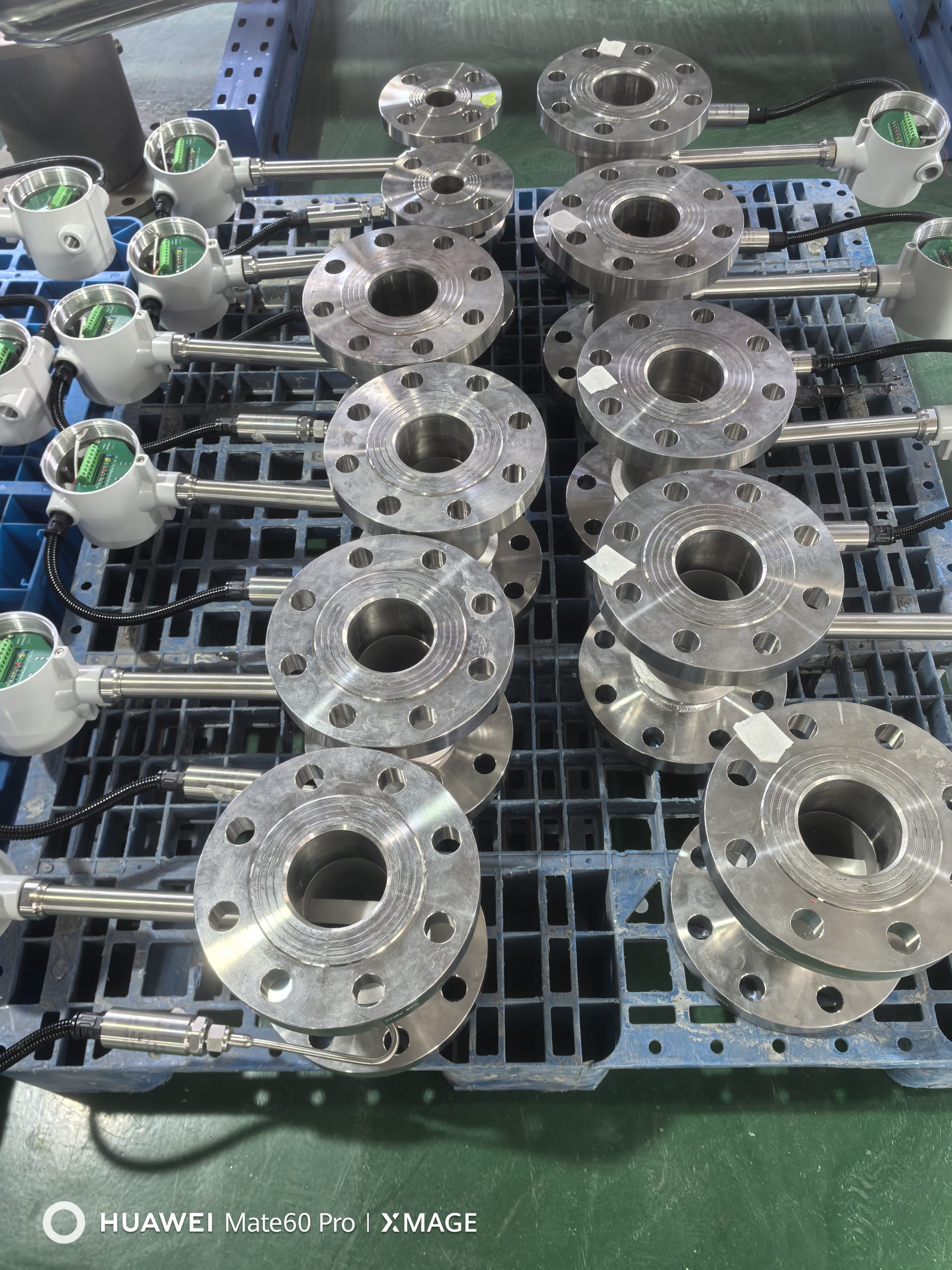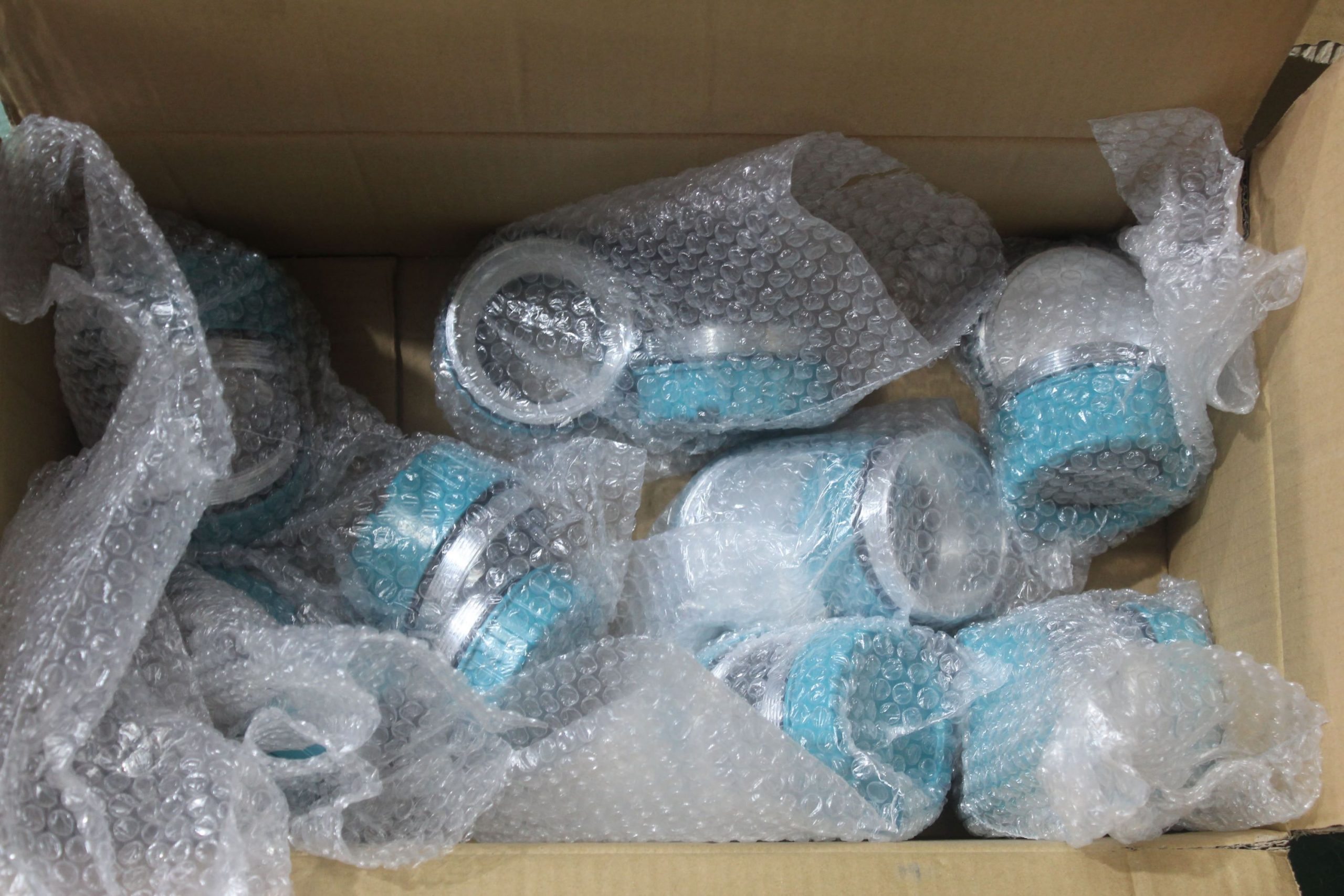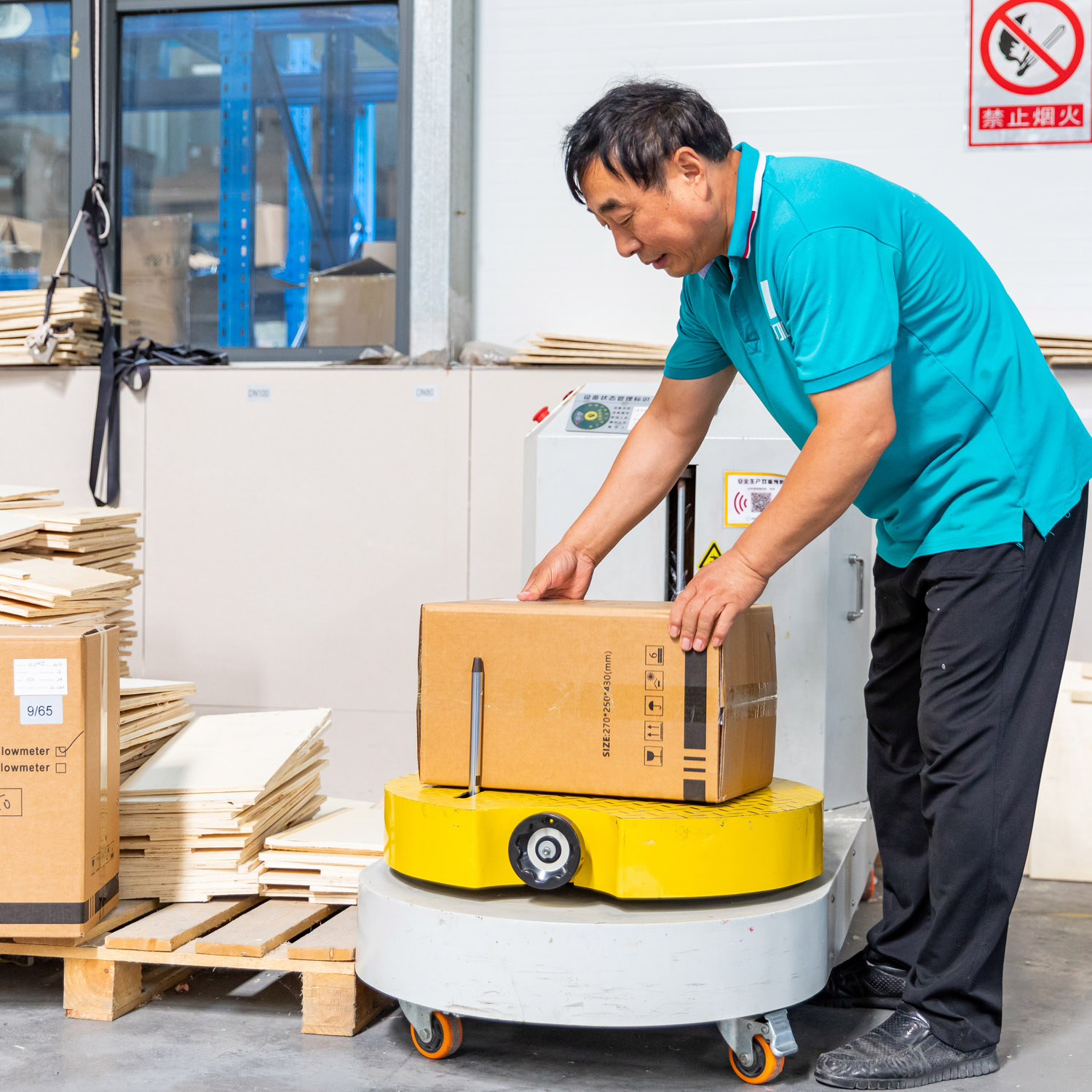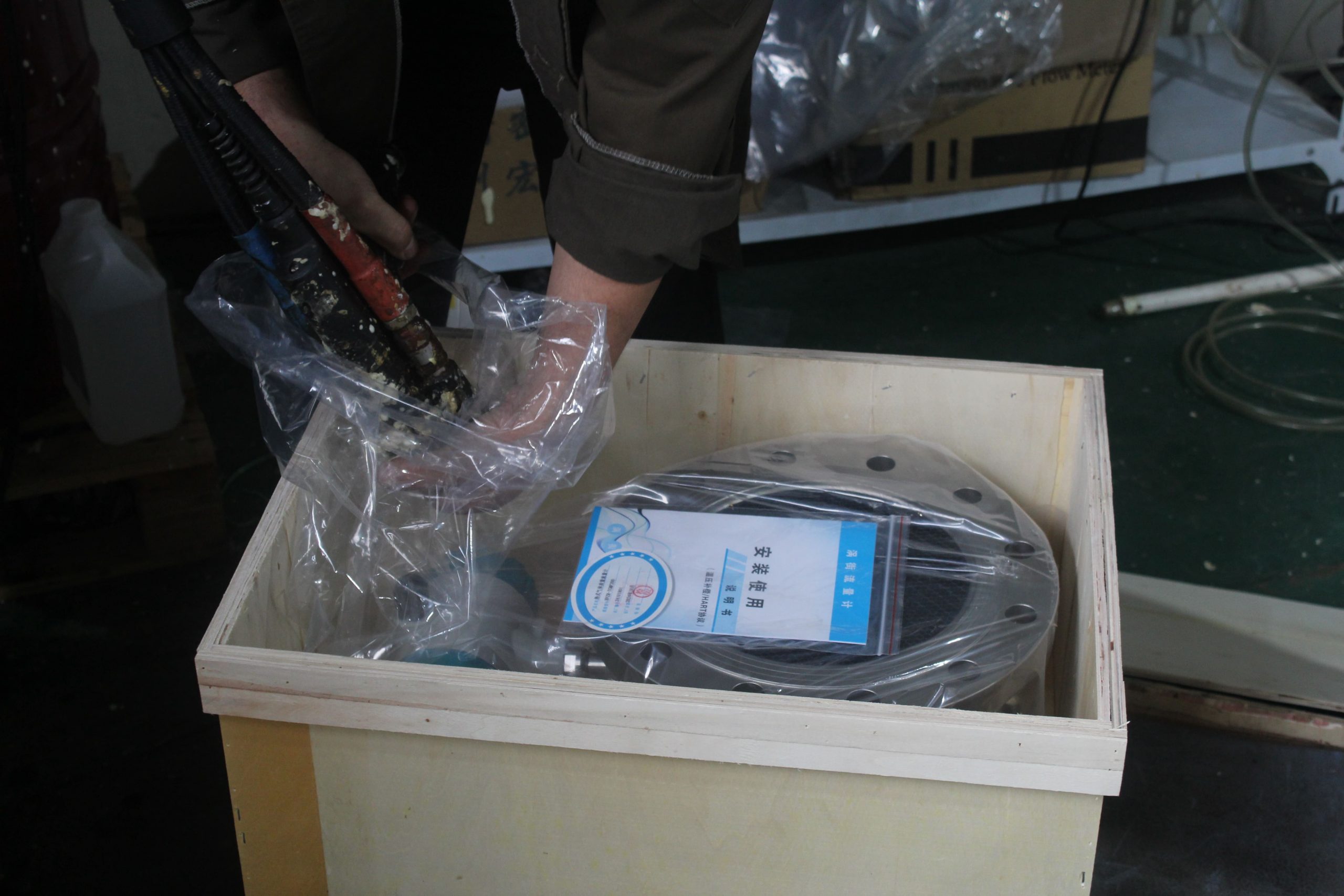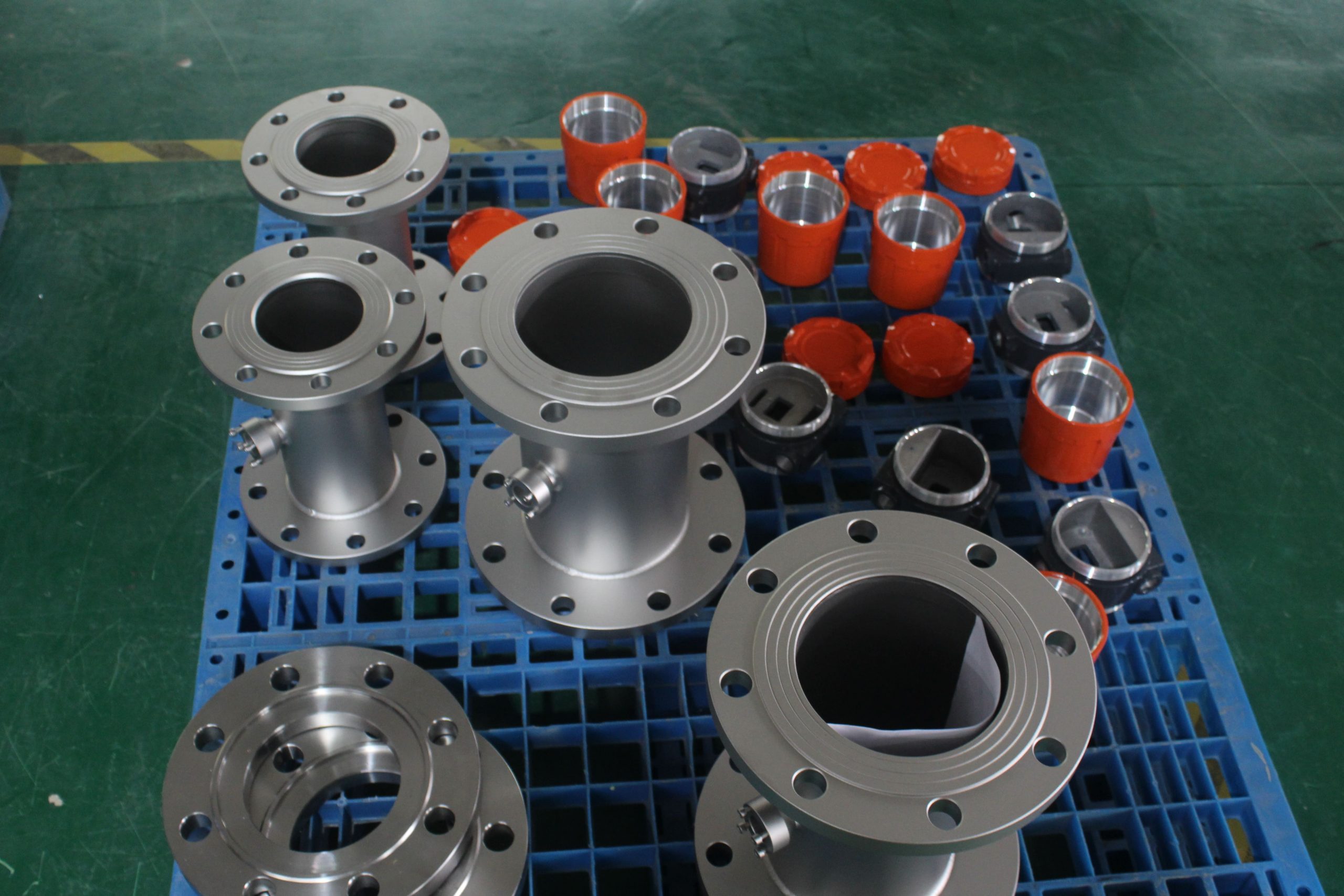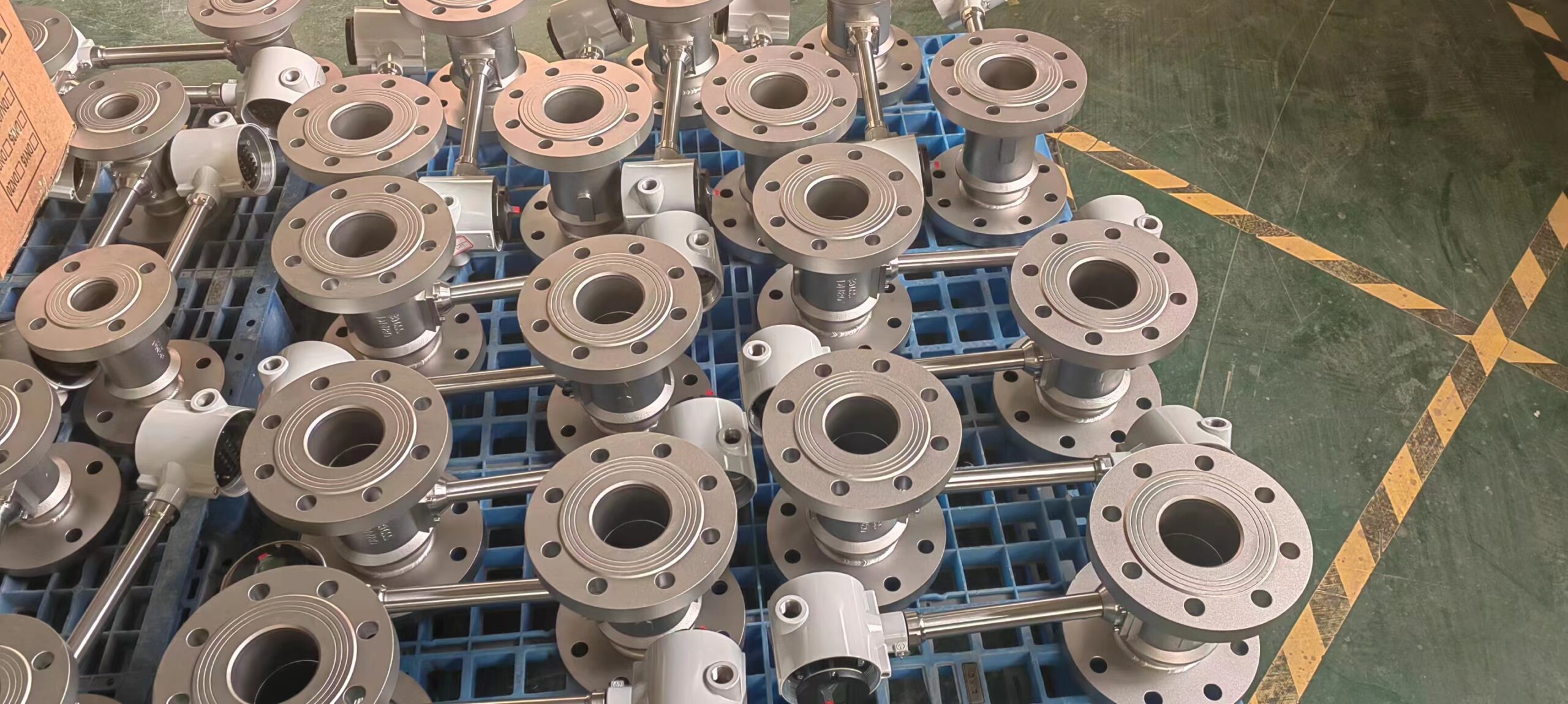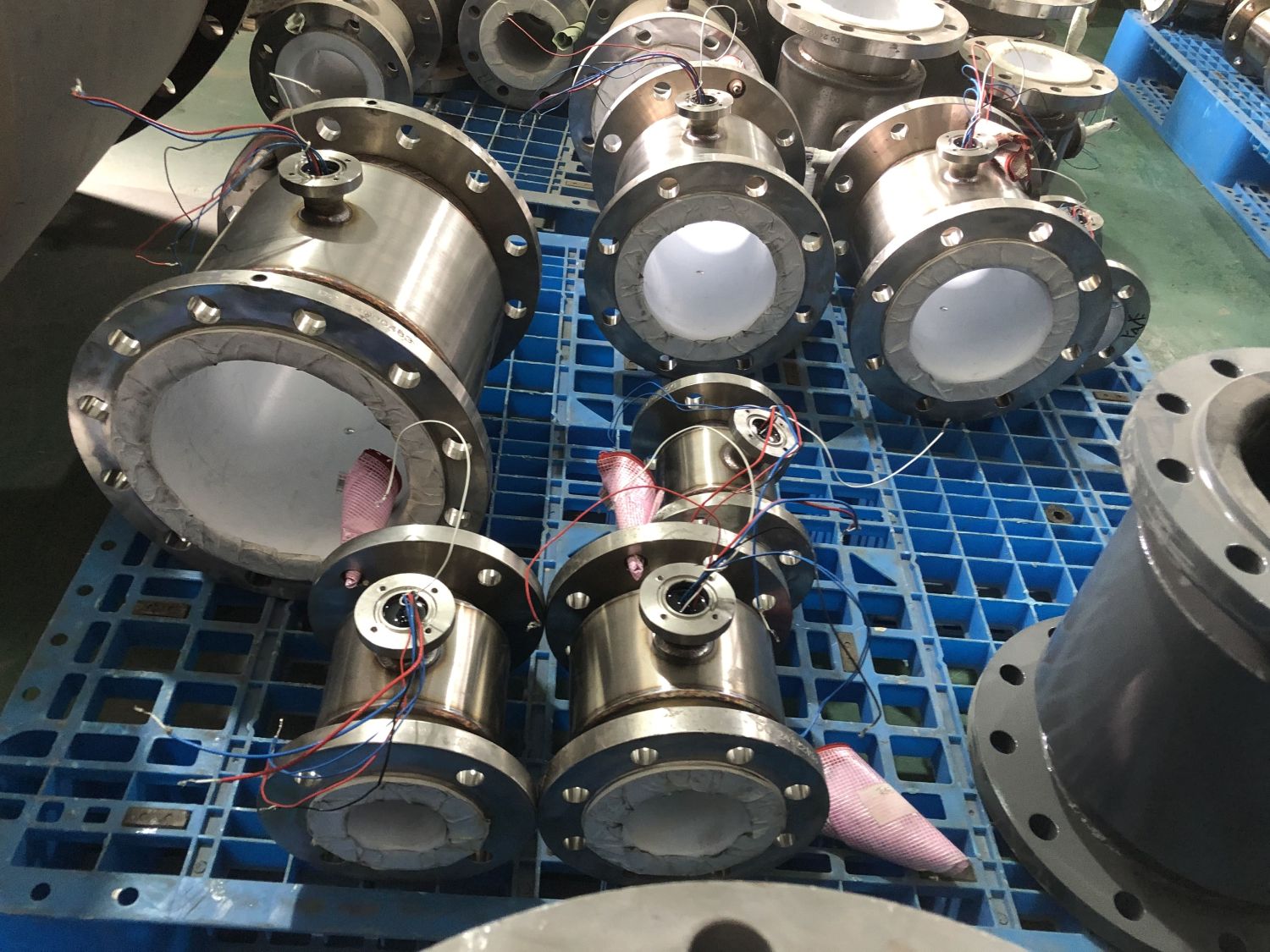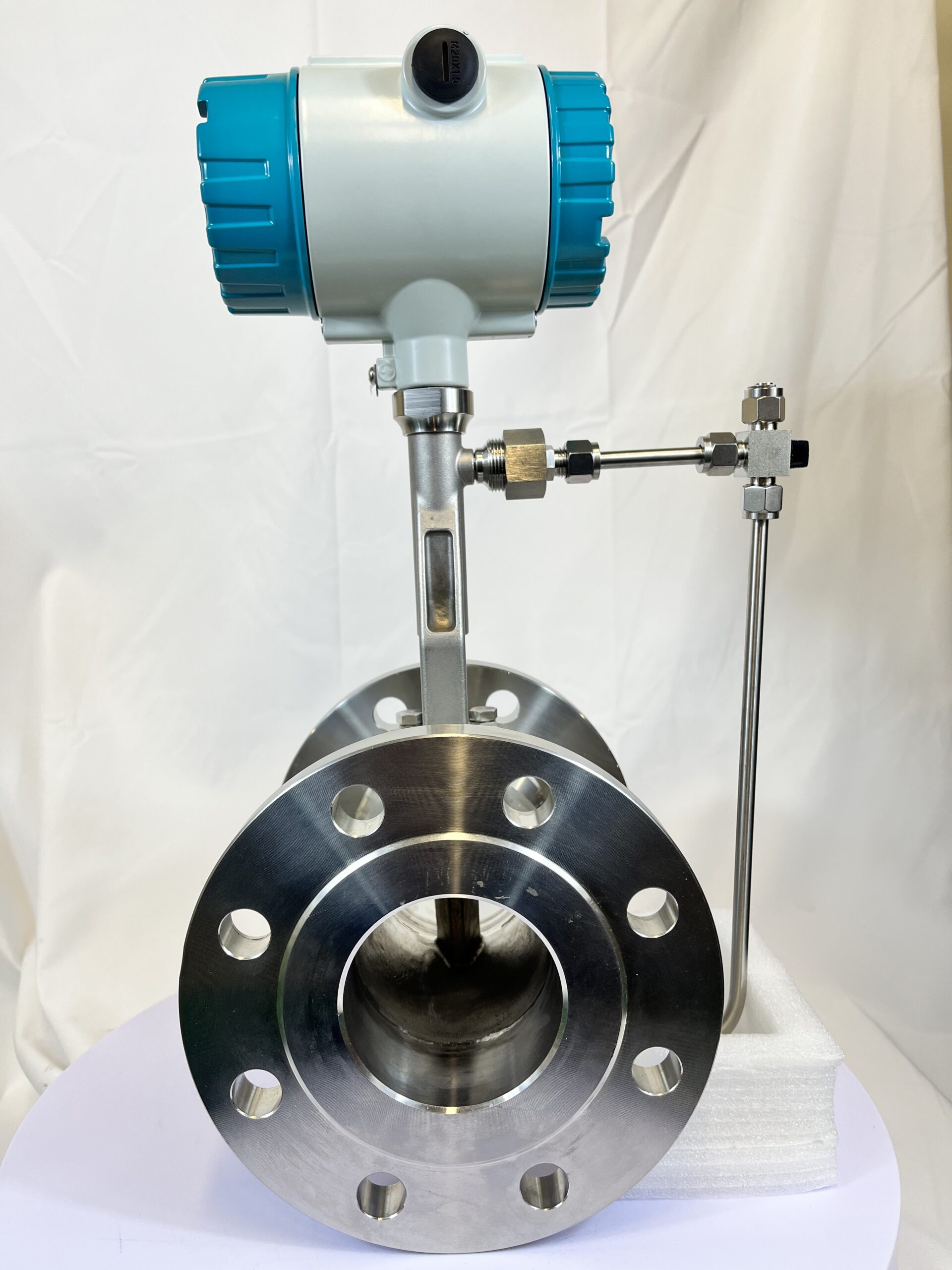Why are vortex flowmeters so widely used? Analyze its core advantages
In the field of modern industrial flow measurement, vortex flowmeters, with their unique advantages, have become an important choice for industries such as petroleum, chemical engineering, power, metallurgy, and heating. So, why can it be applied so widely? We will conduct an in-depth analysis from its working principle, performance characteristics and applicable scenarios.
1. Simple structure and high reliability
The vortex flowmeter adopts a design without mechanical moving parts (only one vortex generator), which reduces the risk of wear and jamming compared with turbine and volumetric flowmeters, has a longer service life and lower maintenance costs.
2. Strong adaptability and wide range of media
Measurable gases, liquids and steam: Suitable for various media such as saturated steam, superheated steam, compressed air, water and oil.
High temperature and high pressure resistance: Some models can withstand a temperature of 400℃ and a pressure of over 10MPa, meeting the requirements of harsh working conditions.
3. It features high measurement accuracy and a wide range ratio
The standard accuracy can reach ±1%R, and some high-precision models can reach ±0.5%R.
The range ratio is usually 10:1 or even higher (for example, the intelligent type can reach 30:1), and it is suitable for occasions with large flow variations.
4. Low pressure loss, energy-saving and highly efficient
The flow resistance coefficient of vortex flowmeters is relatively low, and they hardly cause significant pressure loss to the pipeline system. They are particularly suitable for scenarios with large flow rates and low energy consumption requirements (such as heating systems).
5. The output signals are rich and easy to integrate
It supports multiple signal outputs such as pulse, 4-20mA, HART, RS485, etc., and is compatible with control systems like PLC and DCS.
Some intelligent products are equipped with temperature and pressure compensation functions, which can directly output the flow rate under standard conditions, reducing calculation errors.
6. Easy to install and maintain
It has relatively low requirements for straight pipe sections (usually 10D before and 5D after), and is highly adaptable.
There are no vulnerable parts. On a daily basis, only the sensors and circuits need to be inspected, resulting in low maintenance costs.
Typical application scenarios
Steam metering: boiler steam, thermal pipeline network, etc.
Gas measurement: compressed air, natural gas, coal gas, etc.
Liquid measurement: water, chemical liquids, light oil, etc.

